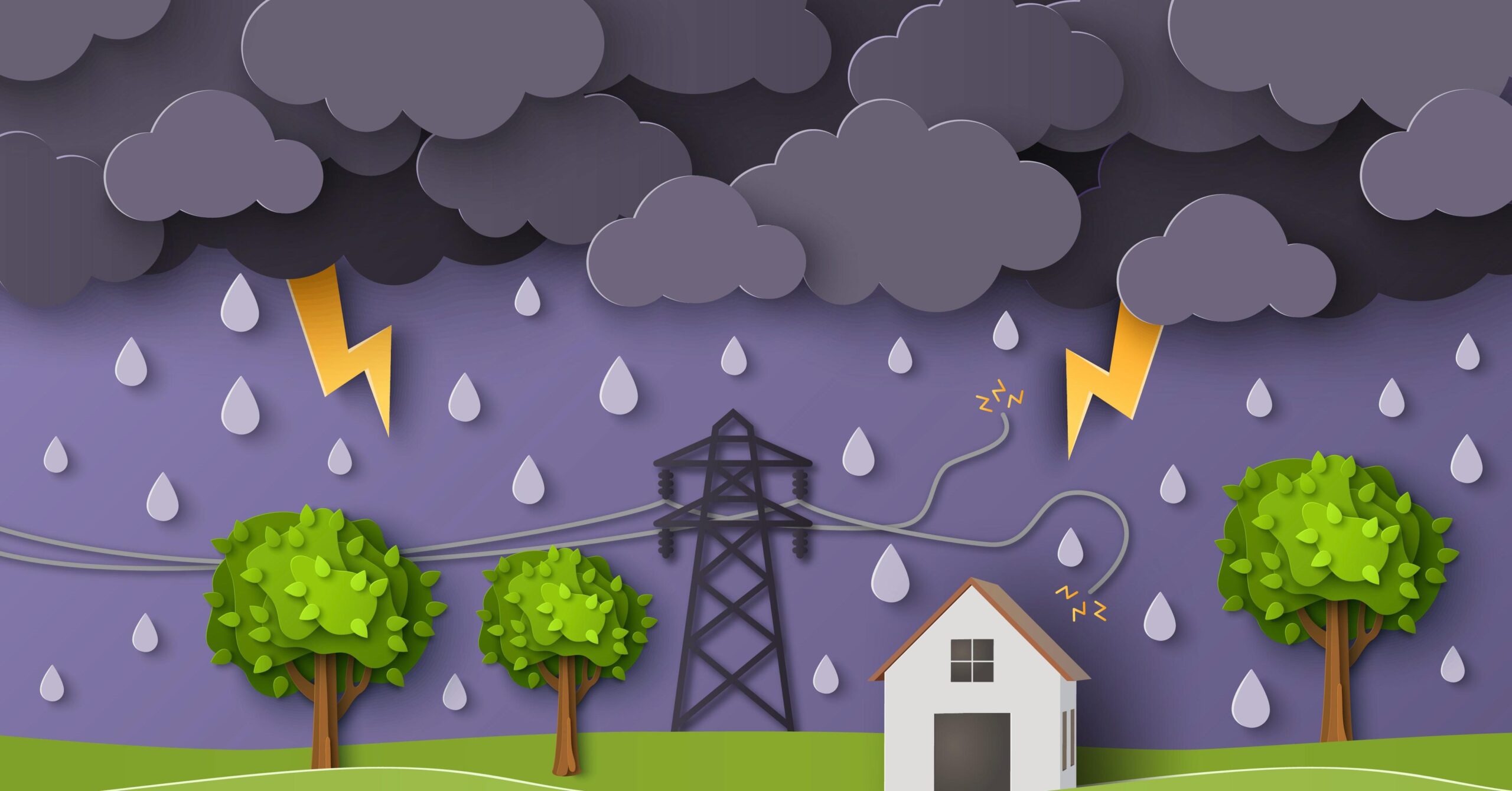Withlacoochee Electric Outages: Understanding the Trends and Future Predictions
Withlacoochee Electric Cooperative, serving a significant portion of central Florida, has experienced an uptick in power outages in recent years. These outages have been attributed to several factors, including aging infrastructure, increased demand, and more frequent severe weather events. As we move further into 2024, experts predict that the trend of power outages may continue, driven primarily by these persistent challenges.
Causes of Outages
- Aging Infrastructure: Much of Withlacoochee Electric’s infrastructure was installed decades ago. As equipment ages, it becomes more prone to failures and less reliable in the face of environmental stresses.
- Increased Demand: The rapid growth in population and the expansion of residential and commercial developments in central Florida have placed an additional strain on the electric grid.
- Severe Weather Events: Florida is prone to hurricanes and tropical storms, which can cause significant damage to power lines and substations. Climate change is also contributing to more unpredictable and severe weather patterns, exacerbating the risk of outages.
Predicted Trends
Given these factors, the likelihood of power outages is expected to remain high in the short term. Efforts to upgrade infrastructure are ongoing, but these are long-term projects that require significant investment and time. Moreover, as weather patterns become increasingly erratic, preparing for and mitigating outages will remain a priority.
National and State-wide Context
The situation with Withlacoochee Electric is not unique. Across the United States, power utilities are grappling with similar issues. The aging infrastructure problem is widespread, and utilities everywhere are working to upgrade and modernize the grid. Increased electricity demand due to population growth and the proliferation of electric devices, including electric vehicles, is a national trend.
Furthermore, the move towards electrification—transitioning from fossil fuels to electric power for everything from transportation to heating—places additional demands on the electric grid. While this shift is essential for reducing greenhouse gas emissions, it also necessitates a robust and reliable power infrastructure to support increased load.
The Role of Home Batteries and Solar Energy
In the face of frequent outages, many homeowners are turning to home battery systems like the Tesla Powerwall or the SunVault. These systems store electricity that can be used during outages, providing a critical backup power source. When paired with solar panels, home batteries can be particularly effective. Solar panels generate electricity during the day, which can be stored in the battery for use during the night or during outages.
Moreover, homeowners who install solar panels and battery storage systems may qualify for federal solar rebates, which can significantly offset the cost. This move not only provides resilience against power outages but also promotes the use of renewable energy, contributing to broader environmental goals.
Withlacoochee Electric outages reflect broader trends affecting the national power grid. While challenges persist, solutions like home battery systems and solar panels offer promising ways for individuals to mitigate the impact of power interruptions. As infrastructure improvements and technological advancements continue, the goal of a more reliable and resilient power grid becomes increasingly attainable.

